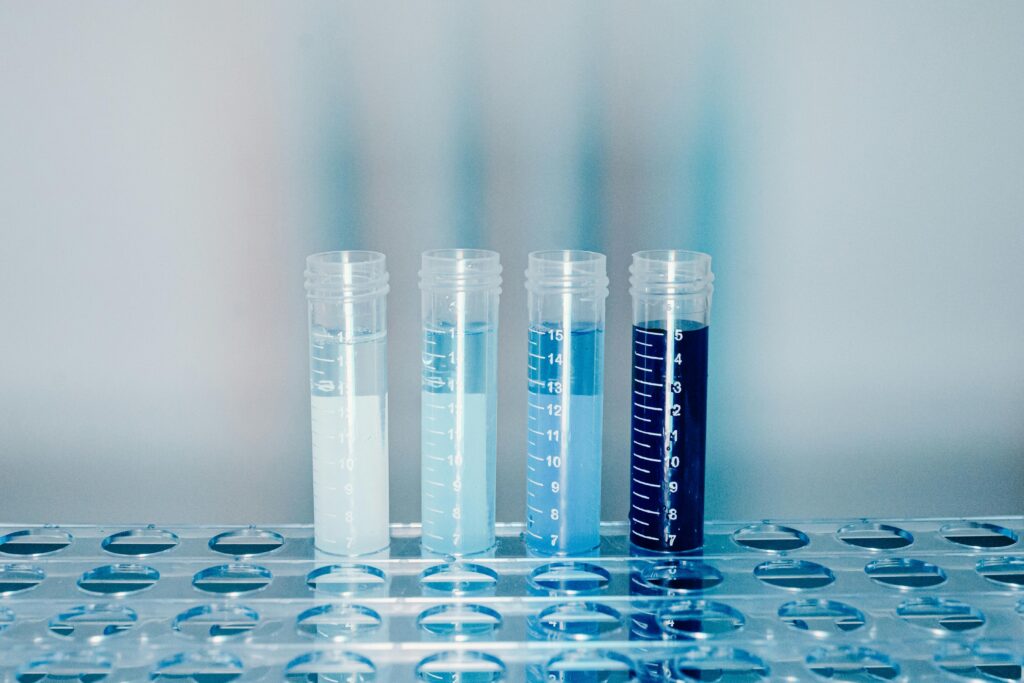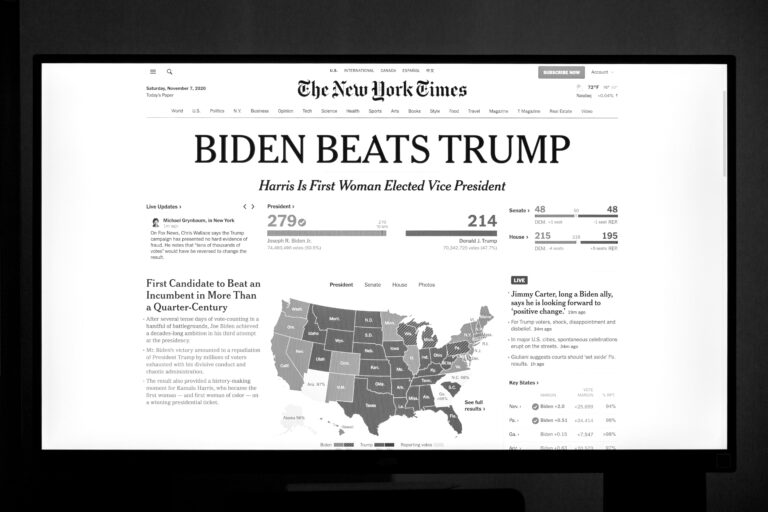
Step-by-Step Workflow to Execute AI A/B Testing
Step 1: Define Clear Objectives
Start with a single, specific hypothesis: “Changing CTA color from red to green will increase sign-ups.” Make sure your KPIs (e.g., CTR, sign-ups, sales) are measurable.
Step 2: Choose the Right Tool
Here’s a breakdown of popular tools based on your use case:
| Use Case | Recommended Tool |
|---|---|
| Email Campaigns | Mailchimp (with predictive AI) |
| Website UX | Optimizely or VWO |
| Product Personalization | Adobe Target |
| Ad Testing | Google Ads + Ad Creative AI |
Step 3: Generate Variations Using AI
Use tools like Jasper or Writesonic to generate copy variants. For design, tools like Canva AI or Midjourney (for creatives) help you test visual changes without needing a full design team.
Step 4: Launch & Monitor
Use real-time dashboards offered by tools like Google Optimize, Convert.com, or Split.io to monitor test performance. AI often suggests when to terminate tests or redistribute traffic dynamically.
Step 5: Analyze and Scale
Don’t just settle on the winning variation. Use AI analytics to explore why it worked. Then scale that insight to other pages or campaigns. This feedback loop is where AI adds unmatched value.
Best Practices for AI A/B Testing
- Don’t over-automate: AI can suggest, but human intuition still adds irreplaceable value.
- Segment audiences: AI is most effective when data is clean and audiences are clearly defined.
- Use statistical significance calculators: Even AI needs a sufficient data sample to draw accurate conclusions.
- Limit simultaneous tests: Running too many variables can muddy outcomes and confuse algorithms.
For more tips on marketing in lean teams, you can check out our post on Budgeting for Marketing in a Startup.
What to Avoid When Using AI for A/B Testing
1. Relying Solely on AI
Letting AI call all the shots without supervision can lead to decisions that don’t align with brand voice or long-term goals.
2. Ignoring Ethical Bias
AI trained on biased datasets can produce skewed results. Always audit tools for data integrity and fairness.
3. Skipping Documentation
Keep records of all test hypotheses, inputs, and results. AI tools evolve, and keeping track ensures continuity and accountability.
Explore how modern marketers tackle complexity while staying authentic in our deep dive on Modernization Without Alienation.
The Future of A/B Testing in an AI-Powered World
As AI becomes more integrated into marketing stacks, expect to see:
- Self-optimizing content: Pages and emails that rewrite themselves in real-time based on user signals.
- Voice and AR testing: Platforms like Alexa or Apple Vision Pro will soon support A/B experiments for voice prompts or mixed-reality UIs.
- Cross-platform continuity: Tests that adapt across email, app, and web interfaces for holistic optimization.
Marketers will shift from experiment executors to strategy architects—designing testable moments and letting AI handle the heavy lifting.
Final Thoughts
A/B testing is no longer just about comparing A vs. B. In the era of artificial intelligence, it’s about letting data and algorithms work in harmony to deliver the most impactful customer experiences—at scale, in real time, and across channels.
Whether you’re an early-stage startup or an enterprise marketer, understanding AI A/B testing today can give you a lasting competitive edge tomorrow.


